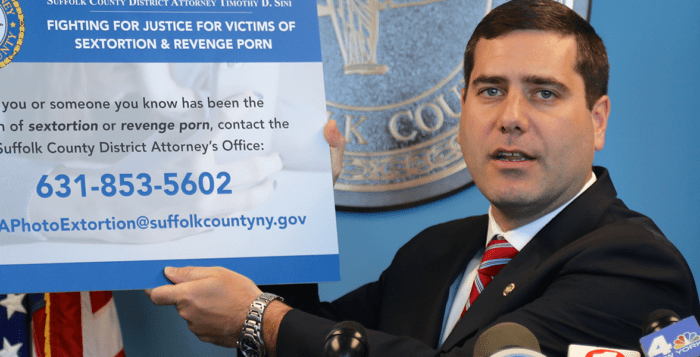Mental health is often a topic people prefer to avoid discussing, but thanks to Dante Lombardo, a young former Marine who shared his story last month with TBR News Media, we now have the opportunity to emphasize the importance of mental health and wellness.
Give an Hour is a national network of professionals who extend free mental health care to support veterans and communities impacted by tragedy. After reading Lombardo’s story, they’ve asked him, as he and his high school friends embark on a cross-country bike excursion, to join the global campaign, Change Direction, which aims to raise awareness to help change the culture surrounding mental health issues.
We are thrilled that our newspaper is bringing people together and want to do our part to help open the public discussion on the topic. As listed on Give an Hour’s website, www.giveanhour.org, here are the five signs of emotional suffering that indicate someone may need help:
• Personality changes: People in this situation may behave in ways that seem different or don’t seem to fit their values.
• Uncharacteristically anxious, agitated or moody: People in more extreme situations may be unable to sleep, may explode in anger at a minor problem or have difficulties controlling his or her temper.
• Withdrawal: Someone who used to be socially engaged may pull away from family and friends and stop taking part in activities that used to be enjoyable. In more severe cases, the person may start failing to make it to work or school. Not to be confused with the behavior of someone who is more introverted, this sign is marked by a change in a person’s typical sociability.
• Neglecting self-care and engaging in risky behavior: Someone may let personal hygiene deteriorate, or the person may start abusing alcohol or illicit substances or engaging in other self-destructive behavior that may alienate loved ones.
• Hopelessness and overwhelmed by circumstances: Have you noticed someone who used to be optimistic and now can’t find anything about which to be hopeful? That person may be suffering from extreme or prolonged grief or feelings of worthlessness or guilt. People in this situation may say the world would be better off without them, suggesting suicidal thinking.
If you recognize someone suffering with these symptoms, the professionals from Change Direction encourage you to reach out, to connect, to inspire hope and to offer your help. They say it’s important to show compassion and to display a willingness to find a solution when a person may not have the will or drive to do it alone. The campaign organizers emphasize that it may take more than one offer, and you may need to reach out to others who share your concern about the person who is suffering. The bottom line is that if everyone is open and honest about emotional health and well-being, together we can prevent pain and suffering and those in need will get the help that they deserve. You can learn more about this topic at: www.changedirection.org.
If you missed Lombardo’s story, you can find it online at: www.tbrnewsmedia.com/tag/dante-lombardo/.













 What are we doing? Why have we all agreed that 3-inch, cut grass should be the norm for American lawns? Why has this become the norm?
What are we doing? Why have we all agreed that 3-inch, cut grass should be the norm for American lawns? Why has this become the norm?



